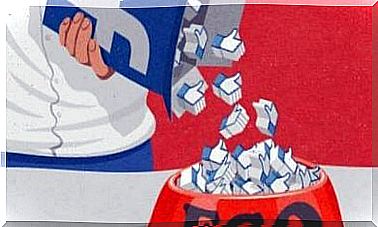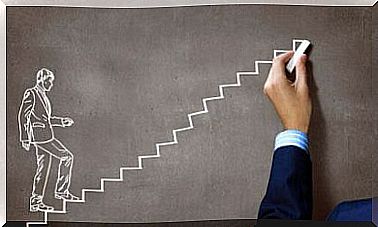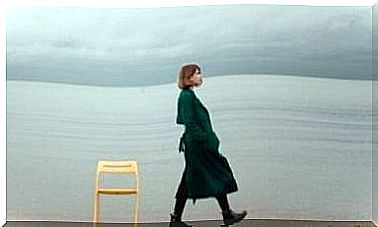Do You Know The Theory Of Broken Windows?
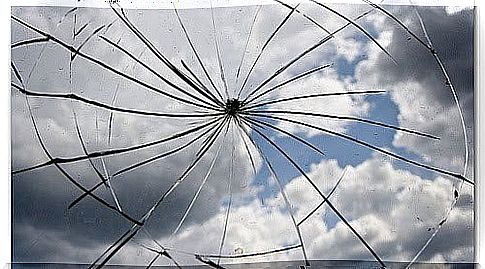
Imagine walking down the street eating tangerines and suddenly you find yourself in your hands with a lot of peels that you would like to get rid of. You realize that the garbage can is far away and automatically look at the ground. If you see that there is already garbage, the chances of you throwing the peels on the ground increase; However, if everything is clean under your feet, you will probably think about it ten times before throwing garbage out of the bin. This is what the broken window theory explains.
The broken window theory, also known as the broken glass theory, is one that holds that imperfect aspects of the environment generate the feeling that the law does not exist. Therefore, in a situation where there are no regulations, vandalism is more likely to occur.
The broken windows experiment
Professor Phillip Zimbardo, known for carrying out the Standford Prison experiment, which has inspired several books and films, has carried out another lesser known experiment. This consisted of leaving two cars abandoned, one in a poor and conflicted neighborhood, the other in a rich and quiet area.
The result is not difficult to imagine. The car that was in the poor area, after a few hours was already in poor condition, while the one left in the richest area, preserved the same conditions as when it was placed there. With this result, it is easy to draw the conclusion that poverty and marginalization are guilty of the crime.
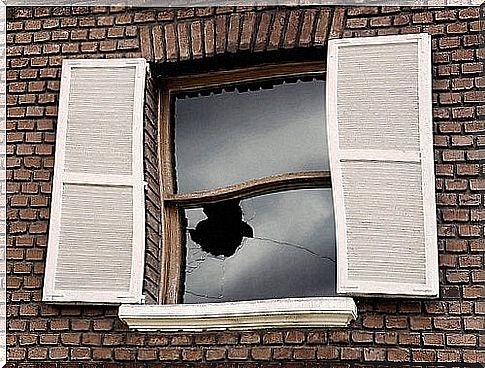
However, the study did not end like this. After a week, the car left in the poor neighborhood was totally destroyed, while the one left in the rich neighborhood didn’t even show a scratch. The scholars decided to make a small modification: they broke the glass of the machine which was in perfect condition. The result? The car was reduced like the one that was in the poor neighborhood.
The final conclusion was that the cause does not lie in poverty, but in the fact that the broken glass of an abandoned car conveys the idea of disinterest and carelessness that creates a feeling of lack of laws, norms and rules. Broken glass leads one to think that everything is allowed. In this situation, any damage suffered by the machine reaffirms and multiplies the idea that vandalism becomes irrepressible.
The broken windows in the city
The New York subway, in the 1980s, was the most dangerous place in the city. Taking the broken window theory as an example, the elements that gave a sense of carelessness to the subway station began to be fixed. The station was cleaned, graffiti removed, passengers made sure passengers had tickets and tried to keep thefts at bay. The result was that the subway was transformed into a safe place.
Given the results obtained, a “zero tolerance” policy was promoted in New York. For this reason all transgressions of the law and the rules of coexistence were prohibited, and investments were made in the cleanliness and order of the communities. Again, the results were positive, which resulted in a significant reduction in the city’s crime rate.

The evidence of the broken windows
The confusion generated by the unclear rules leads to the breaking of the glass, which leads to the same situation created with the machine experiment. This occurs in organizations where flexibility ends up turning into laxity. If no one fixes the broken window of a building, soon the other windows will do the same. If a community shows obvious signs of degradation and no one is looking after it, it will likely culminate in a den of delinquency.
Small shortcomings can turn into big transgressions that lead to chaos. This does not happen only with regard to material elements. Corruption is a clear example of this. If small transgressions are continually allowed, people will practice them more and more. Establishing precise rules and also clarifying what the exceptions are can be the solution, as long as it does not arrive too late.



